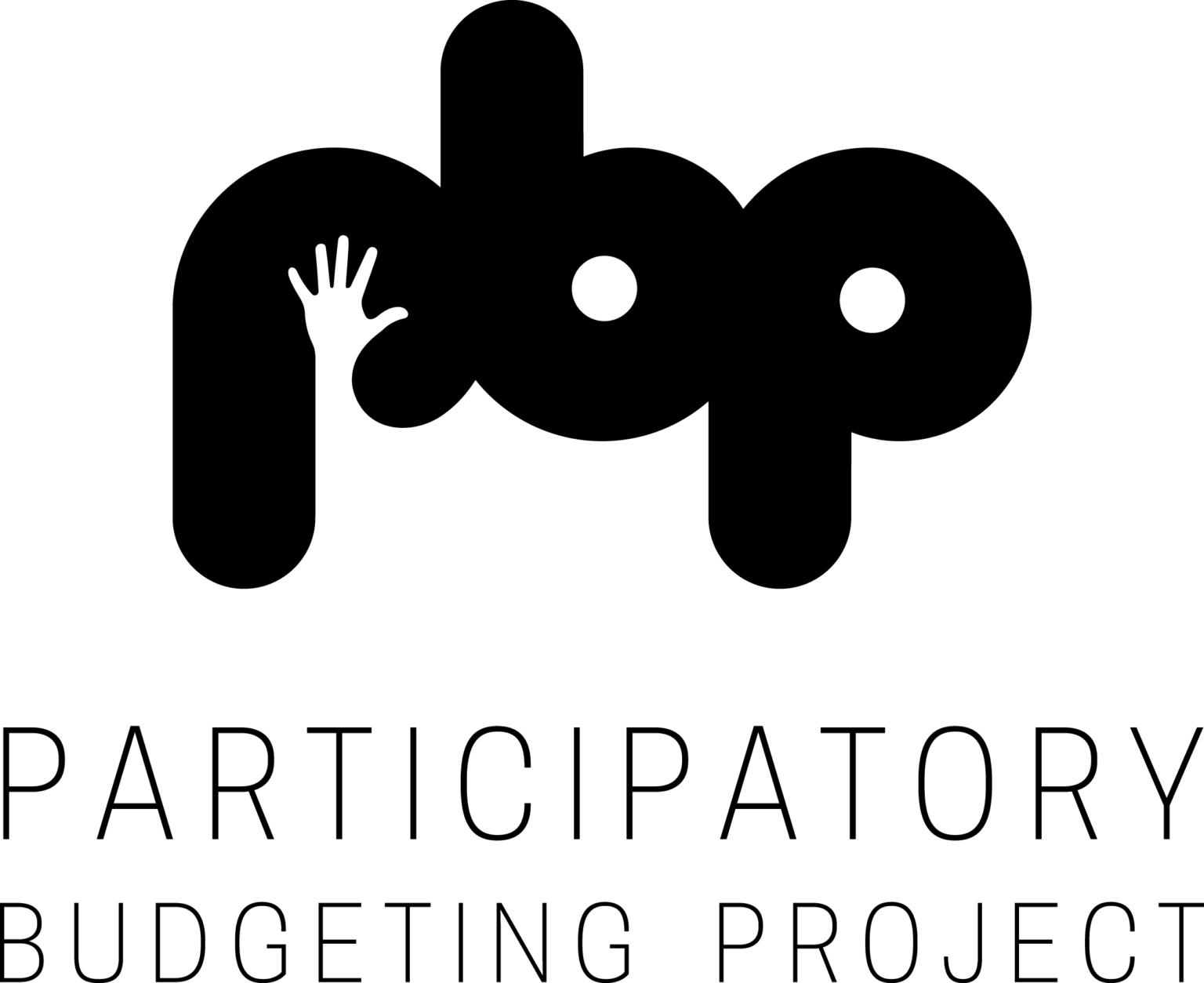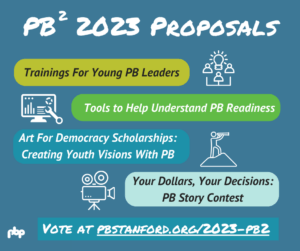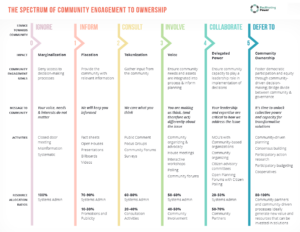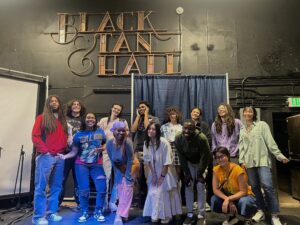Communication tips from the 2014 PB Conference.
At Sharing and Communicating PB Research, three experts shared seven key ideas. It was standing room only as dozens of people wedged into a room at the Unitarian Church in Oakland, CA for this final session on day one of the 3rd International Conference on Participatory Budgeting in North America.
Since PB began in North America in 1999, evaluation of PB processes has involved hundreds of surveys, many hours of data entry, and months spent analyzing results. With so much data being collected by lead research teams across the continent, we wanted to find strategies for ensuring that this data is transformed into messages about PB that inspire more PB and better PB processes.
The session’s speakers – Matt Leighninger (Deliberative Democracy Consortium), Brandi Collins (Center for Media Justice), and Lewis Michaelson (Katz and Associates) – brought a breadth and depth of experience in communicating research findings.
Judging by the packed and engaged room, this was a session that PB researchers needed! We know that research and data demonstrate how PB has strengthened communities and changed government, and we know that the communications expertise within PB circles is growing, but how can we get our leaders and communities to share that excitement?
Seven Keys for sharing PB research:
Start with “why?”
Why are we doing research? Who are we doing it for? What do we want them to do with the research once we finish it?
Then, think about targets.
Is the key audience a government official who needs convincing about PB? If so, how can that official be moved? Make sure your research questions and instruments are relevant to the target audience.
The “general public” is not an audience!
The target must be more specific. Trying to attract the general media is not necessarily a good strategy. What’s the evidence that they’re reaching the audience you’re interested in?
Identify the messengers.
What are the networks and who are the key messengers for the target audience? Treat people within the PB world as “hubs” who can re-tweet and use the message that you put out. Strategically target the ‘nodes’ and identify who is influential in the space that you’re targeting.
Timing is critical.
Look for a “teachable moment,” when a public official might be open to discussing the possibility of a participatory process in their electorate.
Be Visual.
Put compelling images out using social media, link images to websites or reports that you want people to see, and favour images over text. Only include important ‘soundbites’.
Make it easy to share.
Understanding what makes content shareable is key to making sure it reaches the right audiences. By breaking up a report or generating several different “leads” that can be used over many days or weeks as content for social media sources, you increase the likelihood that it will be shared most widely.
Tell the story of people!
Avoid dry details that only researchers would care about. Instead, tell a story about how the process worked for individuals or a community by including details that make the process more than a set of numbers.
Want to know more? Contact PBP Research Associate Madeleine Pape with any questions or suggestions: madeleine@participatorybudgeting.org





